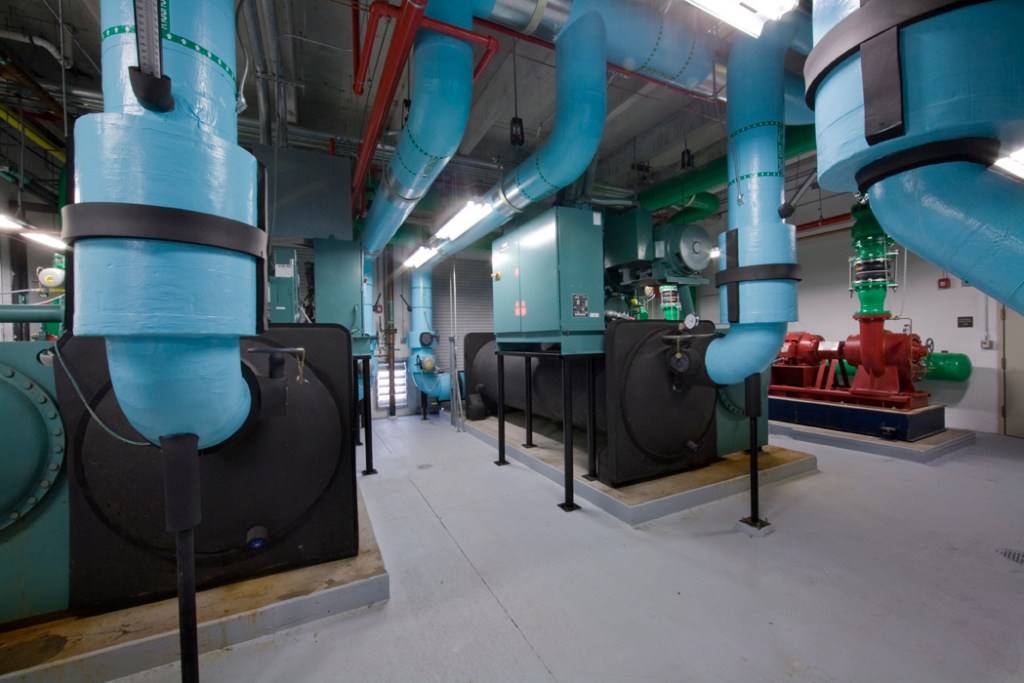 There are many ways an owner can budget for upcoming capital expenditure (CapEx) projects at a facility, but the most common are due to failed equipment or equipment that is well beyond its useful life and requires more and more maintenance time. These are reactive solutions to address the “squeaky wheel.” There is a different way to plan how to best utilize your budget: the retro-commissioning (RCx) process.
There are many ways an owner can budget for upcoming capital expenditure (CapEx) projects at a facility, but the most common are due to failed equipment or equipment that is well beyond its useful life and requires more and more maintenance time. These are reactive solutions to address the “squeaky wheel.” There is a different way to plan how to best utilize your budget: the retro-commissioning (RCx) process.
Many owners have turned to RCx in an attempt to improve system efficiency and reduce expenses for their facilities that are struggling with high energy costs. This process results in a report with a list of energy conservation measures (ECMs) and facility improvement measures (FIMs) that cover many low- or no-cost items with great return-on-investment percentages. These items are crucial for owners to obtain immediate savings and, in some cases, fund future projects via a revolving fund that the savings create. While these are great, it does not allow the owner to plan for future projects.
Hanson’s reports also include recommendations that fall under other categories, such as “small CapEx < 3 year payback,” “large CapEx < 5 year payback” or “further analysis required.” This means that the RCx process must include discussions between the commissioning authority and owner to identify the owner’s fiscal guidelines and CapEx process (e.g., cost of capital, when future fiscal year budgets are due and when those budgets are approved) so that ECMs and FIMs can be better presented for the owner to evaluate.
The RCx process includes a discussion between Hanson and the owner to rank the ECMs and FIMs in the report. This ranking would take into consideration payback, equipment useful life, code issues, facility safety and other key performance indicators identified by the owner. Once the ECMs and FIMs are sorted, the owner could plan for future CapEx projects.
While RCx can be used to gain immediate savings, it is also a great tool to plan for the long-term performance and efficiency of your buildings.
For more information, contact Wade Conlan at wconlan@hanson-inc.com.